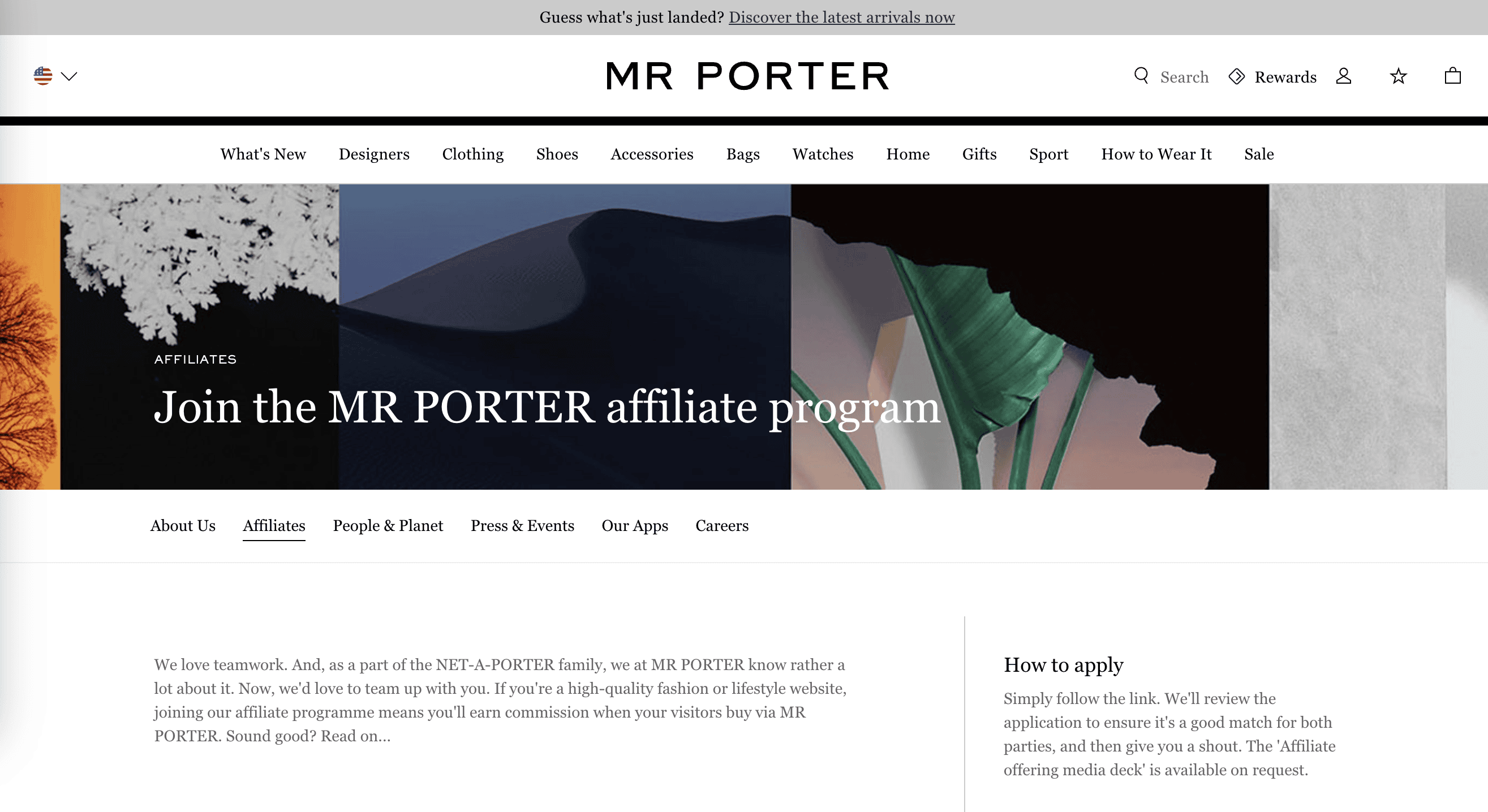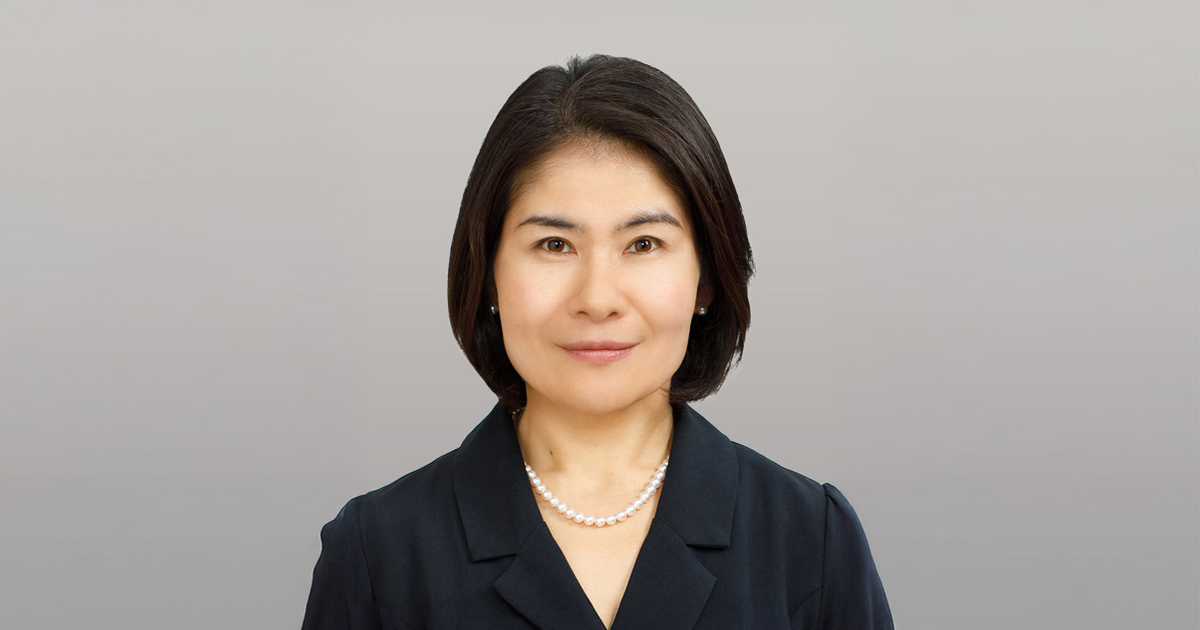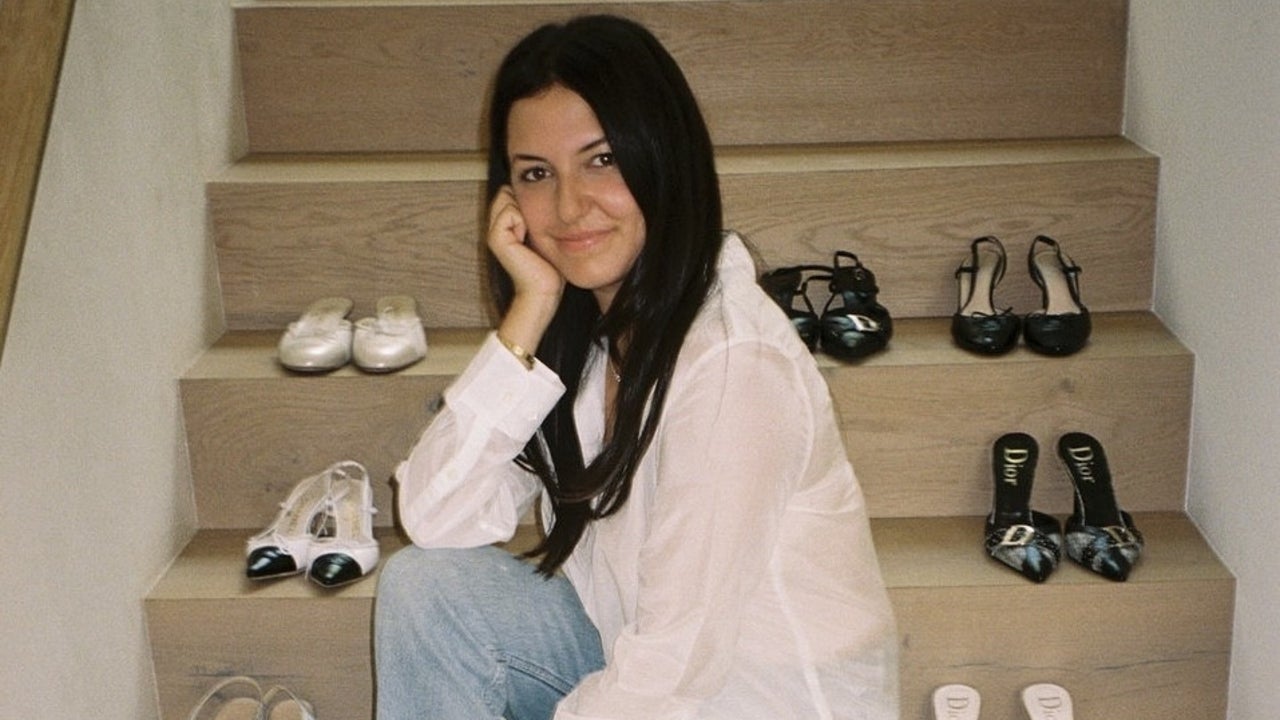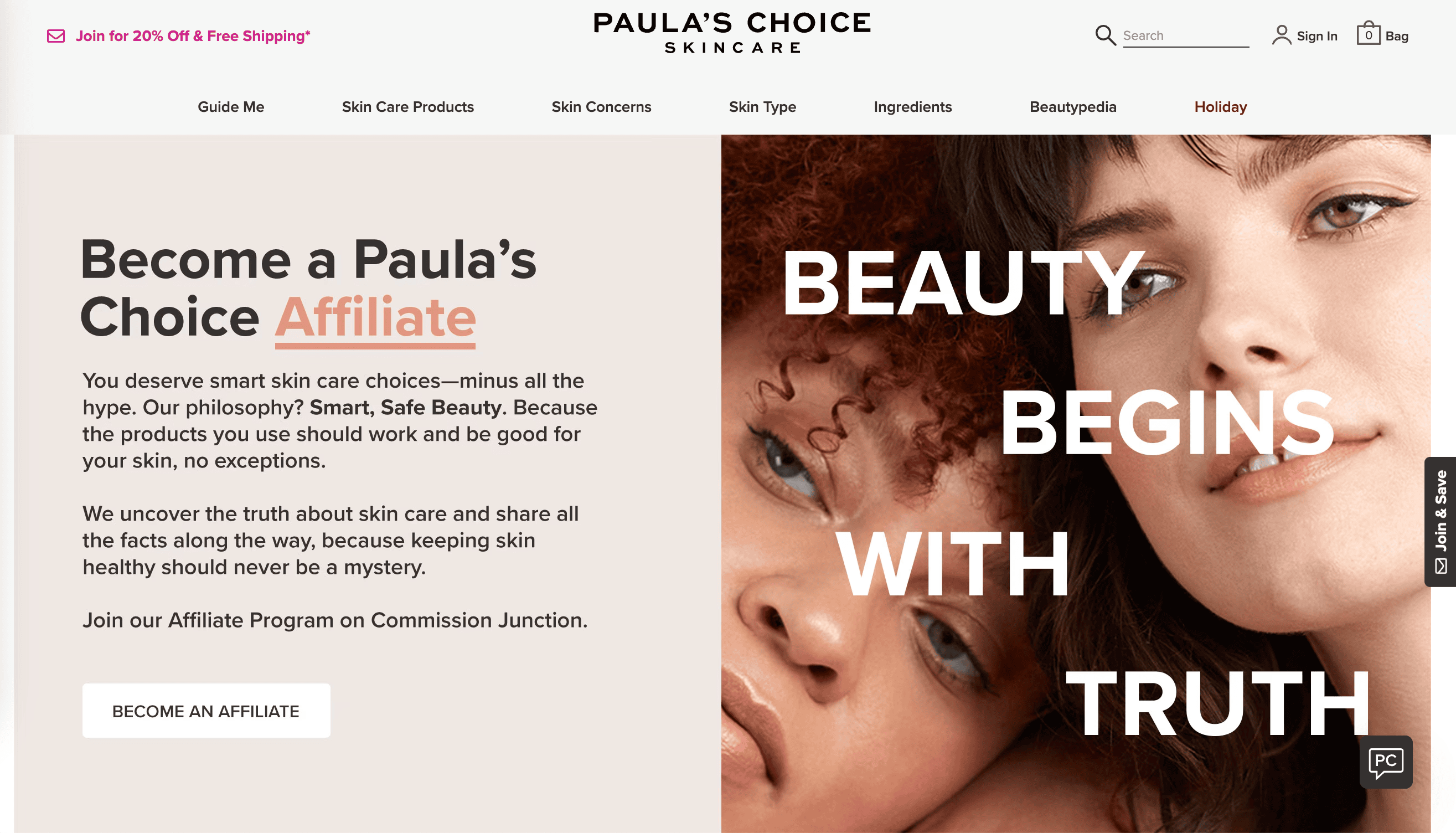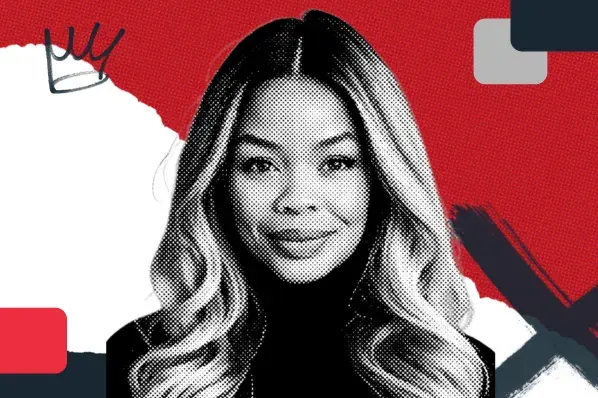‘Staring at a carrot while being beaten with a stick’: how adland's culture of overworking persists
Four years after Campaign reported on the darker side of agency work, has the industry made any real progress when it comes to tackling issues around burnout?
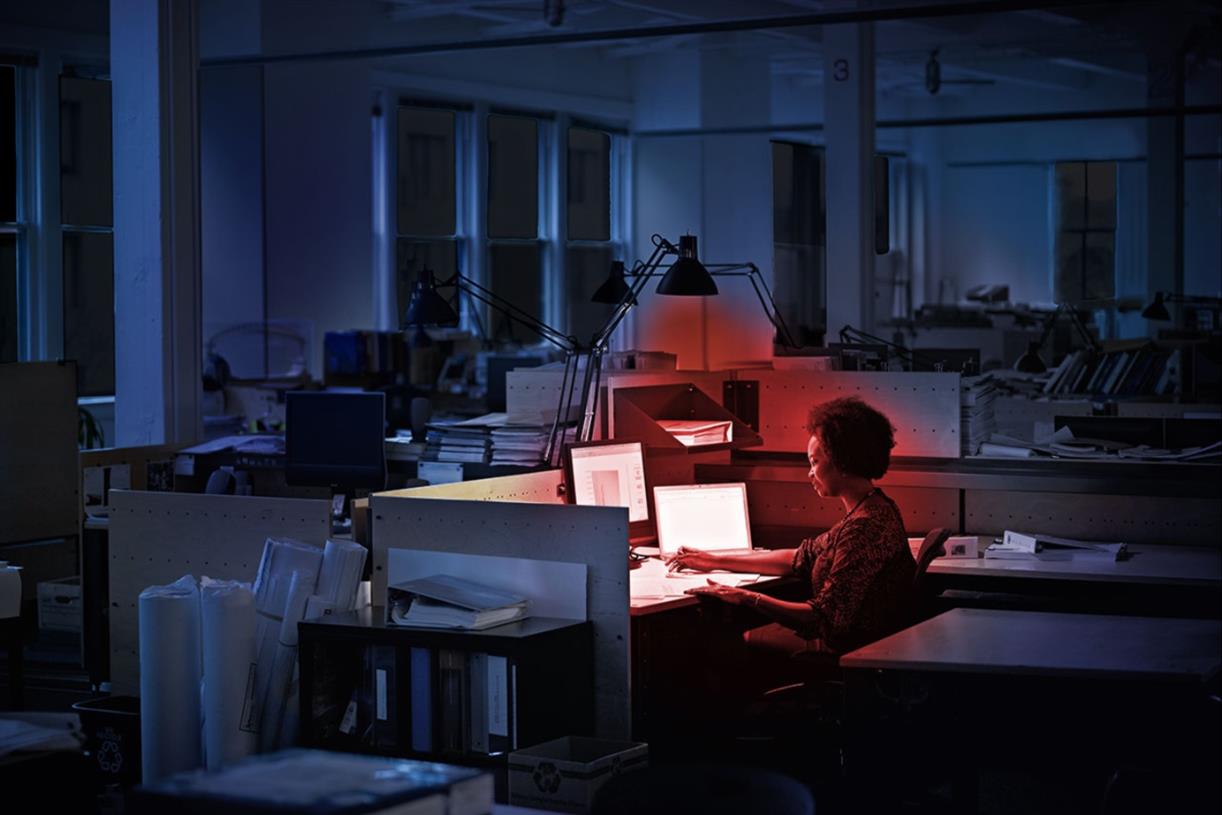
“395 days. 16 weekends. 64 late nights. 98 takeaways. 18 incredible people. 31 creative reviews. 24 script re-writes. 3 shoot days. 62 days in post.”
This was the now-deleted LinkedIn post of a creative director sharing the workload for a single ad (a post that has now, somewhat inevitably, prompted a slew of parodies). It reads like a badge of honour, a list of sacrifices that equates long hours and personal cost with professional success. It also suggests an industry that remains troubled by burnout, stress and unhealthy expectations.
A Campaign piece in 2021 provided a disquieting portrait of staff under near-constant pressure, exacerbated by lockdown and a sense of dislocation. The article concluded with the hope that the industry could “rediscover the joy and inject some fun back into adland”. Four years on, and with a new generation of employees holding increased sway, is it any closer to solving the issue of burnout? Does the necessity to work late nights and weekends, as outlined in that original Campaign feature, continue to take a toll on the mental and physical wellbeing of those working in the advertising industry?
Data from Nabs paints a stark picture. The charity runs an advice line offering support for stress, financial challenges and mental health concerns. While the idea that people might be more predisposed to want to share concerns around mental health is clearly a good thing, calls to Nabs reached record levels last year. Among the total of 5200 registered calls, “emotional support” (from a data point of view, the charity doesn’t track specifically work-related stress) was the number one reason for people getting in contact.
“Our research shows that stress, anxiety and feelings of burnout are among the most common reasons people seek support from Nabs,” Lorraine Jennings-Creed, director of wellbeing services and culture change at the charity, says. “The industry operates at such a relentless pace that many people simply don’t have the time or resources to take care of their mental health.”
The Advertising Association's 2023 All In census found that 33% of respondents were affected by stress or anxiety; for 14% of the total respondents, their stress was primarily work-related. That compares with 31% of respondents in 2021 (the previous – and first – year that the census was published), with 70% of those responding reporting that they had not made their companies aware of the issues they were experiencing. Although stats were not recorded for how much of that stress and/or anxiety was directly work-related, the 2021 report did also add that 70% of respondents felt that their respective organisations had a lack of awareness of stress and/or anxiety problems, and 58% felt the same when it came to mental health.
Then there’s the threat of job loss, always amplified in times of economic uncertainty. The latest IPA Census, released last month, reports that redundancies accounted for 12.1% of employee departures in the industry over the preceding 12 months, up from 4.9% in 2023 (and the figure for creative and other non-media agencies is higher, at 16.1%, compared with the 7.2% reported for media agencies).
Day-to-day realities
Annabelle Black, a senior account director with 15 years’ experience in advertising agencies, who shared her harrowing experience of burnout (defined as the feeling of mental and physical exhaustion due to prolonged stress, more often than not work-related) in an op-ed for Campaign last October, believes that things are only getting worse when it comes to the advertising industry taking advantage of individuals.
“We all sign that contract declaring we’ll work more than the legal hours and work any time for a project when needed,” Black, who has been pursuing a freelance career since August 2023, says. “Short term that’s OK, I guess, because you believe these will be one-offs. But there’s always one more pitch, or one more big push for the work. Years ago there used to be peaks and troughs, but now it’s just peak after peak after peak.”
According to Shilpen Savani, a partner at law firm Gunnercooke, regulatory frameworks like the Working Time Regulations (first introduced by the government as statutory legislation in 1998) are meant to safeguard employees from such issues, but are not always effective in practice.
As Savani explains, the WTRs (a legal requirement that all companies have to comply with) were designed to limit average work time (including overtime) to a maximum of 48 hours a week and ensure that each full-time employee receives at least 28 paid days off annually. However, there are ways around the working limit, including asking an employee to sign an opt-out.
The gap between legal obligations and the industry's day-to-day realities can pose serious risks for both employees and employers. Savani adds that many still tend to suffer in silence and rarely speak up: “But when they do, HR should be responsive and proactive about it and insist that protective steps are taken. This will reduce the risk of claims, but also demonstrate to the workforce that their wellbeing is important.”
Nabs’ All Ears research from October 2023 revealed that 43% of managers agreed with the statement that more mental-health training was needed. “Thirty-five per cent of managers are affected by stress and anxiety,” Jennings-Creed warns. “One in four managers would not feel confident supporting colleagues with mental wellness issues.”
Sally Weavers, founder of Craft Media, shares her perspective on burnout as a failure of leadership: “If anyone gets to burnout, then we've almost failed as employers. We've allowed their stress to get so bad that they've got to a point where they're at the end of that road."
For Weavers, burnout isn't just an unfortunate consequence of high-pressure jobs, it’s a failure to manage the underlying causes. She continues: "Part of your job as a leader is to make sure that the rest of your team aren't stressed.”
Jennings-Creed agrees that at the heart of tackling burnout is the role of managers. “The huge influence of line managers on team members’ mental wellness is critical. Unfortunately, many managers in our industry are untrained and unsupported to respond effectively to these growing demands,” she says.
The disconnect between promises and delivery
In 2023, a Great Pitch Poll, carried out by the Great Pitch Company found that just 20% of 150 respondents believed that their agencies had made “great strides” in implementing plans to promote wellbeing (compared with 31% the previous year and 51% in 2021). Issues around new-business pitches, particularly when it came to a lack of staff numbers, were reported as a problem for 50% of respondents.
Launched in 2022 by the IPA and ISBA (following consultations with the mental health charity Campaign Against Living Miserably and, as recognised at the time, using Campaign’s 2021 piece as a reference point), the Pitch Positive Pledge seeks to make the pitching experience both more effective and healthy for the staff involved. The initial 78 signatories (including Bartle Bogle Hegarty and VCCP, and brands Samsung, Boots, Nationwide Building Society and Nestlé), increased last year to 336, made up of 32 advertisers, 253 agencies and 51 partners.
However, there have been concerns that not all clients have properly adhered to the core aims of the pledge. Indeed, writing for Campaign late last year, Creativebrief chief executive Charlie Carpenter decried the pledge for providing “almost zero guidelines as to alternative options” when it comes to behaviours, claiming that, as a result, “too many brands and agencies continue stubbornly down the road of doing the same as ever – only now, comforting themselves by hiding behind signatures on pledges and hyping-up minimal tweaks to their pitching behaviours. But all the while, in actuality, little changes.”
Campaign School Reports data revealed that the number of pitches following pledge guidelines declined from an average of 62% in 2022 to 53% in 2023 (61 agencies provided the information in 2022 and 77 the following year).
Speaking to Campaign last year, Rania Robinson, chief executive and partner at Quiet Storm, explained that a slow pitching market was leading to some bad habits creeping back in. “If you’re going to pitch for something, you’re going to do everything you can to win it because you don’t know when you're going to get that next pitch opportunity… we’re all looking for a competitive advantage. Often, that is, how do I go further? How do I add something that nobody else is going to add? That just pushes everybody to do more,” she said.
Dom Boyd, managing director of Kantar and a former head of planning at Adam & Eve/DDB and chief strategy officer at Publicis London, decided it was time for a change after his nine-year-old daughter caught him working on his laptop one weekend.
“There is no one that loves the industry more than me,” Boyd says. “I’m deeply competitive by nature and deeply proud of every single thing that my teams achieved. But that was a moment of truth for me, which I found too difficult to ignore.”
Boyd questioned why he was bringing what he describes as “toxic behaviours” from his professional life into his personal one. He realised that such behaviour came from the top and that there was little he could really do to change it.
“Culture absolutely starts from the top,” he explains. “If you have a CEO that is saying yes to every pitch, that is emailing late nights and working late nights, or weekends, those are all big red flags. You have no psychological safety, and without that, no one can call out bad behaviours, and no one can set boundaries.”
Boyd left agency life five years ago. “I loved working in advertising, it was the thing that I wanted to do most in the world. But I’ll be honest, leaving advertising was the best thing I ever did. It made me a better professional, a better dad and a better partner. And I have zero regrets.”
Richard Morris, the chief executive of UK and EMEA at IPG Mediabrands, echoes Savani’s point that regulating workloads can be difficult in an industry that’s all about keeping the customer satisfied: “Clients and the demands of providing a service define what comes into the organisation.” However, he’s confident that the industry is shifting.
“Historically, this has been an industry with high pressure and long hours, balanced by environment, purpose, career progression and excitement,” he says. “That value equation has definitely changed. We never, ever celebrate long hours. Whether you have to do them or not, they are not lionised as a marker of success. That mindset doesn’t belong in today’s industry.”
Morris suggests that the larger number of reported problems related to issues like burnout is thanks to greater knowledge and more open, honest conversations. “Awareness and people feeling comfortable to speak out is a positive development,” he says. “The numbers might look higher now, but that’s likely because we have a more accurate read, not necessarily because it has got worse.”
Initiatives like the IPA’s People First Promise, recognising organisations that have demonstrated a commitment to identifying and addressing issues around staff mental health and wellbeing (launched last year, the IPA has currently awarded what it calls “badges of honour” to 103 agencies and brands, including Leo Burnett, Google, Born Social, Clear Channel UK and FCB London), have helped drive this awareness and encourage conversation.
There’s also a demographic shift to consider. Sally Vincent, head of people at Grey London (where staff numbers dropped by 13% in 2023 according to the agency’s School Report, with a churn rate of 18%, compared to an average of 20%), stresses the need to show – and act on – greater awareness of issues around mental health, wellbeing and social and environmental responsibility: “We mustn’t ignore the standard that Gen Z expects either when it comes to how they work. If we don’t push for something better, we’ll be left behind, and creativity will suffer.”
A 2021 report from the World Economic Forum predicted that Gen Z (the generation born between 1997 and 2012) will make up around 27% of the workforce in 2025, while according to a recent Legal & General report, one in three employees aged 16-26 say that they have had issues with mental health and 77% are set on finding another job (70% lack a sense of fulfilment in their lives and 45% “rarely” or “sometimes” have a positive outlook).
While Morris might feel able to declare that values have changed, clearly there’s still a problem with work and mental health, often exacerbated by a disconnect between what agencies promise and what they deliver. An anonymous junior creative who wrote for Campaign in November of last year shared their experience, revealing how unspoken expectations contribute to a burnout culture.
“Agencies offer a lot but don’t always follow through,” the anonymous creative says now. “False promises don’t help burnout. When you’ve done what you said you would and they don’t fulfil their part, it feels like you’ll never quite do enough. You try to do more – come in earlier, stay late – and it’s not about the time you spend but the pressure of always needing to prove yourself.”
A shift toward healthier workplaces
The 2021 piece underlined the need for agencies to take action, to be seen to be doing something lest it risk losing potentially huge swathes of talent (one interviewee claimed that every senior creative they spoke to wanted to leave and try another career path in another industry sector).
Amy Coomber, head of production at Neverland, acknowledges the importance of creating an environment where people feel heard and supported. “Our Speak-Up programme ensures that everyone, at every level, has someone they can talk to, whether it’s the office manager, their line manager or the CEO,” she says. “It’s not something that comes with any negative association; it’s something that allows us to adjust things if someone feels overwhelmed or sees challenges ahead. What matters is that they feel heard and know their concerns will be taken seriously.”
According to its most recent School Reports, Neverland had a 50% increase in staff in 2023, up to 60, while the churn rate was 17% (down from 23% in 2022). Coomber claims that the agency’s emphasis on wellbeing has become integral to its operations: “We put people first – genuinely. We won’t push anyone too hard for money’s sake. If the solution is to bring in a freelancer, we will. There’s nothing more important than the people because we’re nothing without them.”
Craft Media, too, has looked to bring in more flexible policies that promote greater work-life balance and holds weekly meet-ups to track capacity and stress levels. Weavers explains: “It opens up conversations about who needs help and when. We’ve introduced sabbaticals because I don’t want anyone to feel like they have to resign to take time off. It’s a bit of a logistical pain, but it builds loyalty and gives people space to reset.”
Weavers also gives short shrift to the old chestnut about the most inventive work coming from tighter frameworks, like a looming deadline: “The best creative work doesn’t come when you’re under pressure, it comes when your brain is relaxed. Not sitting in a room thinking, 'I have to have an idea'. Some of the best leaders are the calmest; they manage well, absorb stress and don’t pass it down to their team.”
Is enough really being done? Jennings-Creed contends not and suggests that it’s high time for all the good words to become good practice. “As an industry, we like initiatives, and while the launch of new policy and initiatives is visible and can be easy to track, the level of follow-through and impact is much harder to monitor. This means that the prominence of support, and of mental wellness culture, can tend to melt away in times of heightened commercial pressure.”
For Vincent, one of the tragedies of burnout is its removal of enjoyment from a job that, to the outside world at least, has always seemed to have a strong element of fun to it. “Burnout robs us of the joy we once reaped from our roles and, in its place, tricks us into believing we’re just not equipped any more,” she says. “It forces our minds to repeat a playlist of affirmations – and not the feel-good kind – that points blame inwardly and lifts up a heavy load of guilt when we simply can’t carry on any more.”
Black agrees, adding that the perceived bright and shiny world of advertising can be something of a cruel trap: “They say: 'Think of the awards, we’ll get you to Cannes next year.' Hell, you may even be promised a pay rise. So, of course, the perverse mix of staring at a carrot while being beaten with a stick blinds you into carrying on. Something needs to give.”
Boyd worries that, while the world has changed since that original Campaign piece was published in 2021, sometimes it feels as if the advertising industry hasn’t. “One of the issues is that everyone in advertising seems to only have worked in advertising,” he says.
Change, he believes, will require some courage but also a great deal of candidness. “The only way out, to break the cycle, is to have a conversation," he says. "It requires role models, it requires psychological safety, it requires leaders to be setting the example and it requires a shared common agenda, something that feels like it’s a North Star to rally behind and create leadership around. And the spark needs to come from the top, but the actions and the behaviours need to be something that everyone wants and is motivated by.”
Those individual actions are already starting to be felt, as Jennings-Creed explains. “People are more willing to contact and get some more support, to be more pro-active about their mental health,” she says.
“It’s self-advocacy, and that is something that’s quite powerful at an individual level. And that action is a step forward.”

 Troov
Troov 







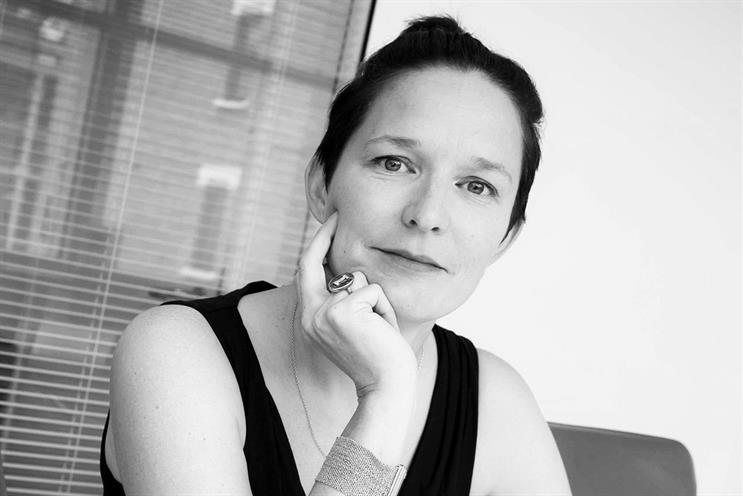
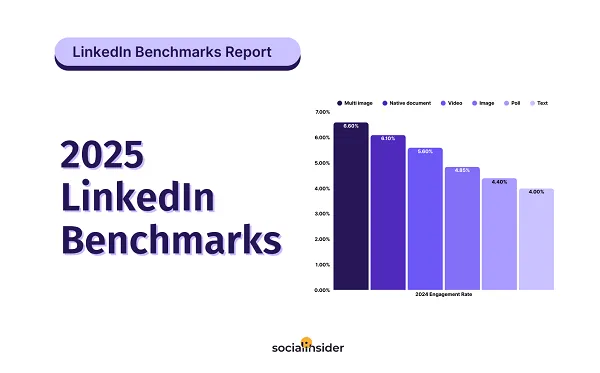



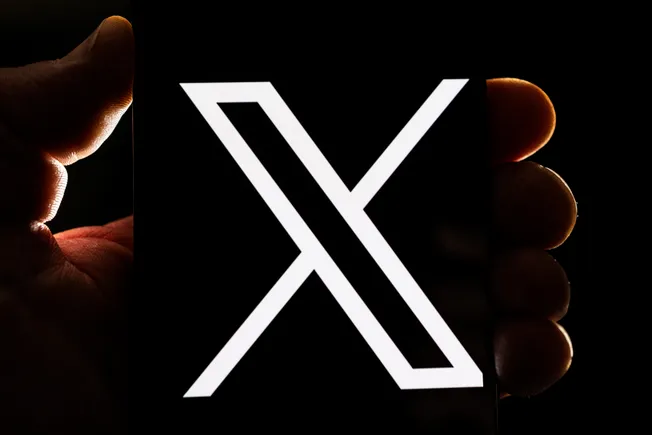






![The 2026 AI Search Benchmark Every SEO Leader Needs [Webinar] via @sejournal, @lorenbaker](https://www.searchenginejournal.com/wp-content/uploads/2025/11/1-259.png)





